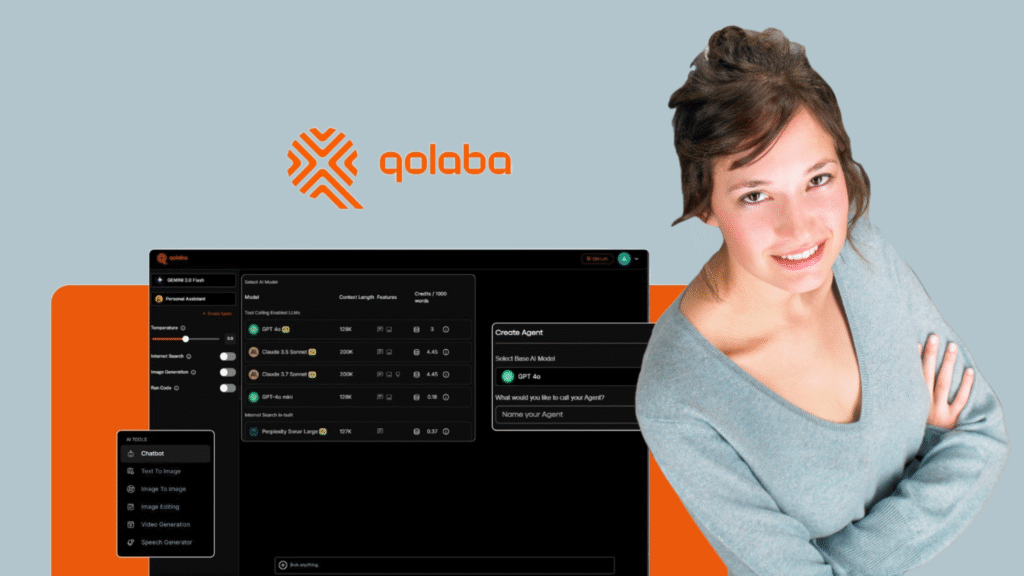Your team is working on a comprehensive market analysis using AI. Halfway through the project, the AI “forgets” earlier research findings. Critical context disappears. Analysis quality degrades. The final output lacks coherence across different sections.
This is context window limitation—AI models can only “remember” a finite amount of recent conversation and information, typically 8,000 to 128,000 tokens depending on the model.
For complex business tasks requiring extensive context, poor window management transforms AI from powerful assistant to frustrating limitation.
Understanding AI Context Windows

What Context Windows Actually Are
The maximum amount of text (measured in tokens) that an AI model can process and reference simultaneously during a single interaction.
Practical Reality: AI models don’t have persistent memory like humans. They work within fixed-size “attention spans” that determine how much previous conversation and context they can actively use.
Token Breakdown:
- Average word: 1.3-1.5 tokens
- 8K context window: Roughly 5,000-6,000 words of combined input and output
- 32K context window: Approximately 20,000-24,000 words total
- 128K context window: Around 80,000-100,000 words of context
Why Context Windows Matter for Business Tasks
Complex Project Requirements:
- Research synthesis across multiple sources and data points
- Long-form content creation with consistent themes and references
- Strategic analysis requiring integration of diverse information streams
- Multi-stage project development building on previous AI outputs
Context Window Impact: When tasks exceed context limits, AI models lose track of earlier instructions, findings, and project requirements, leading to inconsistent and disconnected results.
The Context Loss Problem

How Context Degradation Happens
- Sequential Information Loss: As conversations extend beyond context windows, AI models automatically discard older information to accommodate new inputs.
- Context Priority Confusion: AI models may retain recent but less important information while losing crucial earlier context that should guide the entire project.
- Reference Breakdown: Links between different project phases disappear when context windows overflow, creating disjointed outputs.
Real-World Context Window Challenges
Research Project Example:
- Phase 1: Market analysis (5,000 words of research)
- Phase 2: Competitive landscape (6,000 words of data)
- Phase 3: Strategic recommendations (expecting AI to reference all previous phases)
Problem: By Phase 3, AI has lost Phase 1 context, resulting in recommendations that ignore earlier findings.
Content Creation Scenario:
- Chapters 1-3: Established narrative and key themes
- Chapter 4: AI references disappear, tone shifts, character consistency breaks
- Result: Fragmented content requiring extensive manual integration
Strategic Context Window Management

The Context Hierarchy Framework
Critical Context (Always Preserve):
- Project objectives and success criteria
- Key constraints and requirements
- Essential background information
- Brand voice and style guidelines
Secondary Context (Maintain When Possible):
- Supporting research and data points
- Previous output examples and patterns
- Detailed specifications and preferences
Tertiary Context (Expendable):
- Conversational pleasantries and process discussion
- Redundant explanations and repeated information
- Interim drafts and revision notes
Context Compression Techniques
- Information Distillation: Transform lengthy context into concise summaries that preserve essential meaning while reducing token consumption.
- Reference Linking: Use external documents or systems to store detailed information while maintaining pointers in AI context.
- Context Refreshing: Systematically reintroduce critical context at strategic intervals to maintain project coherence.
Advanced Context Management Strategies

Multi-Stage Context Architecture
- Phase-Based Organization: Structure complex projects into discrete phases with explicit context handoffs between stages.
- Context Inheritance Planning: Design information flow so each project phase inherits only essential context from previous stages while maintaining overall project coherence.
- Strategic Context Points: Identify critical junctures where full context summary and refresh becomes necessary for project success.
The Context Window Optimization Process
- Step 1: Context Audit – Analyze current project information requirements and identify essential vs. supplementary context elements
- Step 2: Information Architecture – Organize project information by criticality and design context preservation strategies
- Step 3: Context Flow Design – Map information requirements across project phases and design handoff processes
- Step 4: Monitoring and Adjustment – Track context window utilization and adjust strategies based on results
How Qolaba Maximizes Context Efficiency

Intelligent Context Management
Qolaba’s unified platform provides sophisticated context window optimization across 60+ AI models, each with different context capabilities and management approaches.
Model-Specific Optimization:
- Large Context Models: Automatically route complex projects to AI models with expanded context windows
- Context-Efficient Models: Optimize information density for models with smaller but more efficient context processing
- Hybrid Approaches: Seamlessly transition between models based on context requirements and project phases
Project-Based Context Persistence
Shared Context Architecture:
- Team Context Sharing: Multiple team members contribute to and benefit from shared project context
- Context Version Control: Track context evolution throughout complex projects with rollback capabilities
- Cross-Project Context: Reference and build upon context from related previous projects
Smart Context Compression:
- Automated Summarization: AI-powered condensation of lengthy context while preserving essential information
- Priority-Based Retention: Intelligent identification of critical context elements for preservation
- Dynamic Context Loading: Load relevant context based on current task requirements
Practical Context Window Strategies

The Context Budget Approach
Token Allocation Planning:
- Reserve 20-30% of context window for instructions and formatting
- Allocate 40-50% for essential project context and requirements
- Use remaining 20-40% for current phase-specific information and outputs
Context Efficiency Techniques:
- Bullet Point Summaries: More token-efficient than paragraph formats
- Structured Lists: Easier for AI models to reference and utilize effectively
- Key-Value Pairs: Efficient format for maintaining important relationships and data
Complex Task Decomposition
- Project Phase Segmentation: Break complex tasks into discrete phases that fit comfortably within context windows while maintaining logical connections.
- Progressive Context Building: Start with core context and gradually add complexity as projects develop, rather than front-loading all information.
The Context Management Advantage

Organizations mastering context window management gain significant advantages:
- Complex Project Success: Ability to tackle sophisticated, multi-phase projects that defeat teams struggling with context limitations
- Quality Consistency: Maintain high output standards across extended projects through effective context preservation
- Team Scalability: Enable multiple team members to contribute to complex AI projects without context fragmentation
- Competitive Differentiation: Handle advanced use cases that simpler context management approaches cannot support effectively
Context window management transforms AI from conversation tool to comprehensive project partner.
Try Qolaba‘s intelligent context management system to maximize AI memory for your complex tasks.





